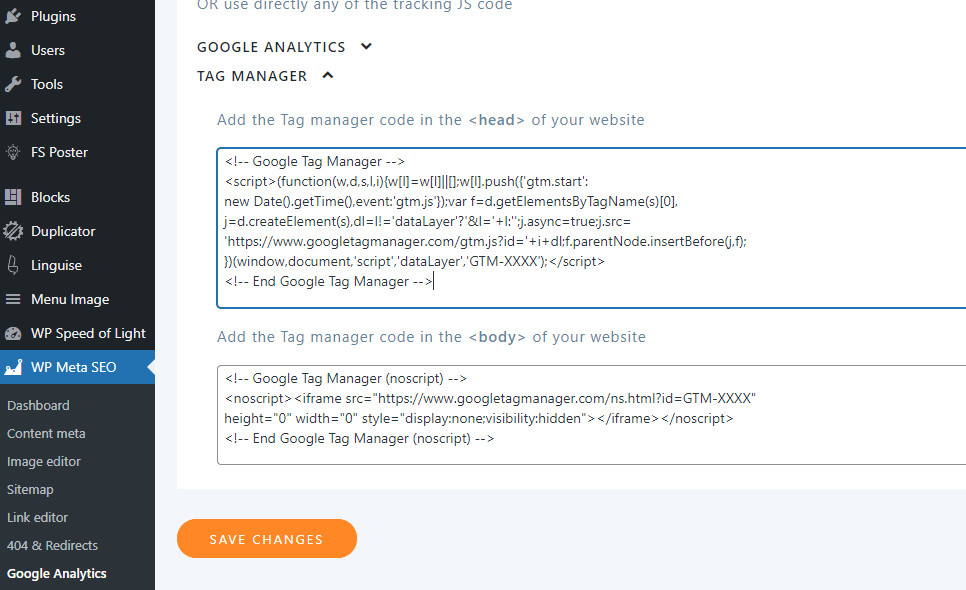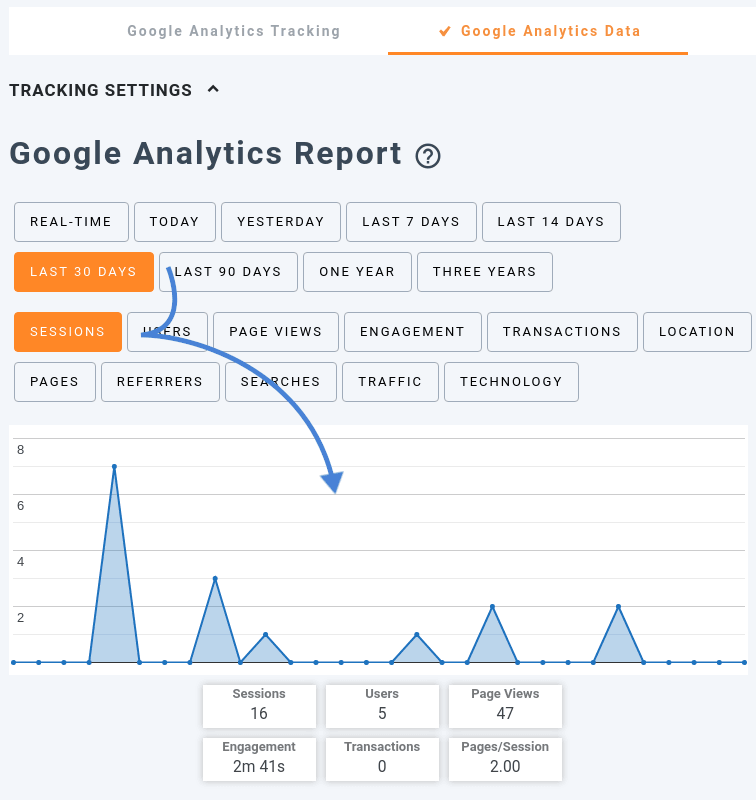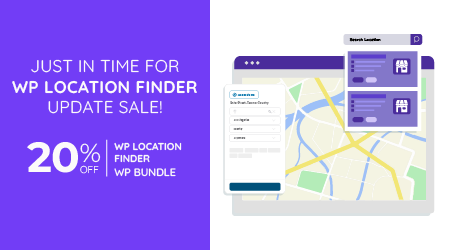New Google Tag Manager and Analytics v4 in WP Meta SEO
You've been tirelessly optimizing your WordPress blog's search engine rankings. Every now and then, you tweak the settings to improve your SEO performance. Tweaking, however, is a tedious business if you cannot measure progress. Thankfully, with the latest version of the WP Meta SEO Addon you can measure your goals in more ways from the revamped Google Analytics dashboard right from WordPress.
WP Meta SEO's newest version has given a new boost to Google Analytics. The most visible change is the new UX, with a reworked dashboard. However, the WP Meta SEO Addon has also added support for new types of tracking options, which means that the WordPress plugin now supports four types of Google Analytics properties.
Integrating Google Analytics v4 data with WordPress
The WP Meta SEO has, for some time, supported two types of Google Analytics tracking options: the Universal property and the classic Google Analytics tag. Now, WP Meta SEO has introduced two new options: the brand new Google Analytics v4 code and the Tag Manager code.
All the controls to connect Google Analytics with your WordPress website are in the Google Analytics tab under the WP Meta SEO menu. You can use the first dropdown, Analytics property type, to choose from among four property types supported by WP Meta SEO: Universal Analytics, Classic Analytics, which is the legacy option, the Analytics v4 property or Tag manager.
If you choose either of the first three options—Universal, Classic Analytics or Analytics v4 property—you can input your tracking code below. The next field lets you insert the tracking ID, a string that normally has the following format: UA-000000-2. Save changes when you're done.
Alternatively, you can expand the Google Analytics and Tag Manager fields. The first one has a field for the Google Analytics JavaScript code, which can replace the tracking code above. The second one lets you add the Tag Manager code from the <head> and <body>. As usual, save changes when you change either field.
A new user experience for Google Analytics on WordPress
The second, but possibly biggest, change in the latest version of WP Meta SEO is the revamped Google Analytics Report. The report is in the next tab, Google Analytics Data, and shows you different SEO-related metrics, such as the number of sessions and users, and the user engagement on your WordPress blog.
Best of all, the Google Analytics report is completely customizable through the two rows of settings. The first row contains the dates you want to consider, ranging from real-time tracking up to 3 years' worth of data. The second row lists the metrics that you can display.
The updated Google Analytics dashboard is therefore much more straightforward. All you have to do is choose a time period and a metric, and WP Meta SEO automatically loads the data from Google Analytics into the visualization or table. Just below, the WordPress plugin also shows you additional, more detailed statistics related to the metric, such as statistics per page or the total number of sessions.
If you're using WP Meta SEO to optimize your search engine strategy on WordPress, then there should be no reason not to track the effects on WordPress too. With the latest version of the WP Meta SEO addon, you don't have to keep going back-and-forth between WordPress and Google Analytics. Instead, you can evaluate your SEO tweaks right from your WordPress blog, with more options and an improved UX.
Do you want to try out the latest version of the WP Meta SEO Addon? Check out the WordPress plugin here.
When you subscribe to the blog, we will send you an e-mail when there are new updates on the site so you wouldn't miss them.




Comments